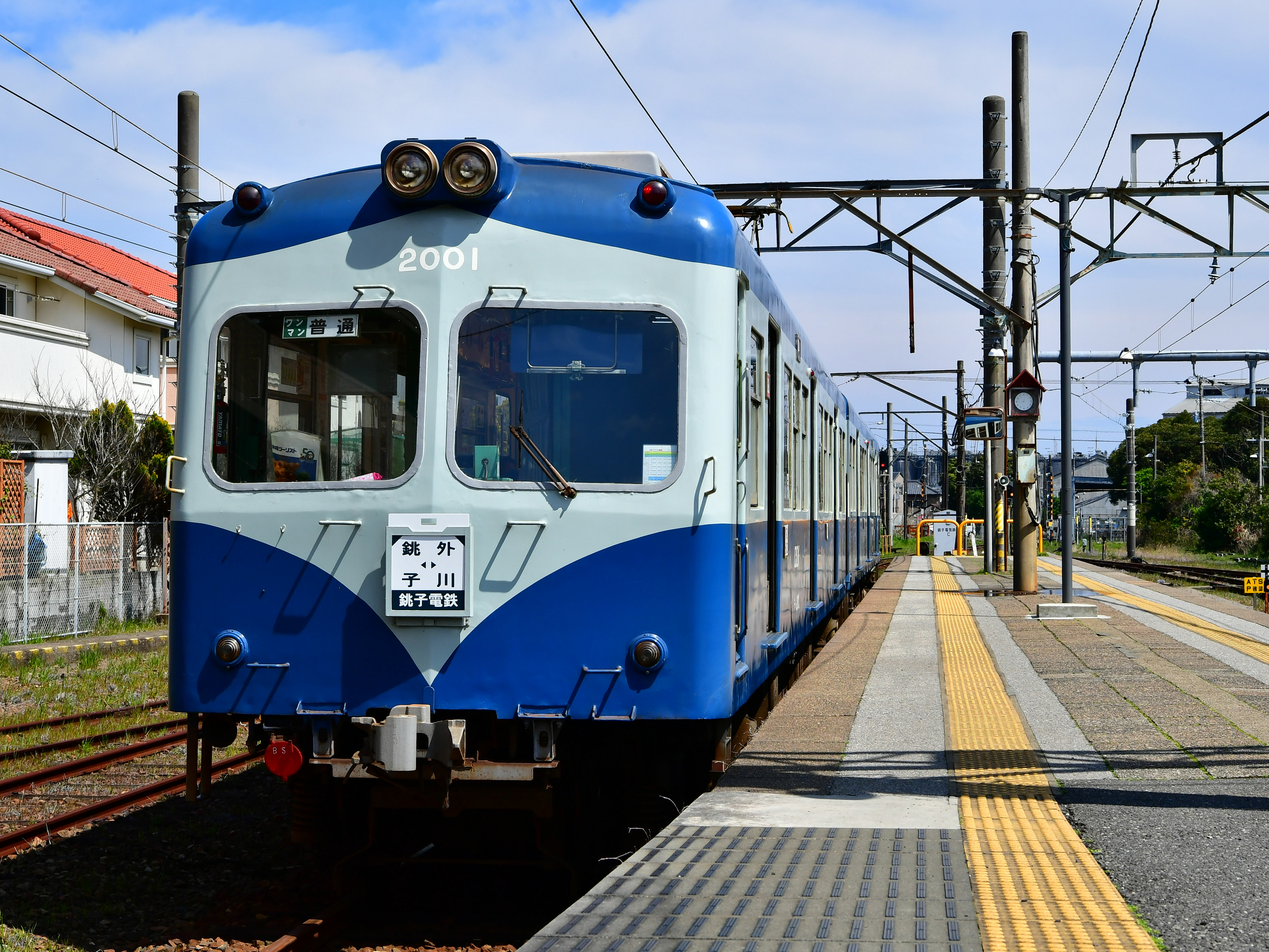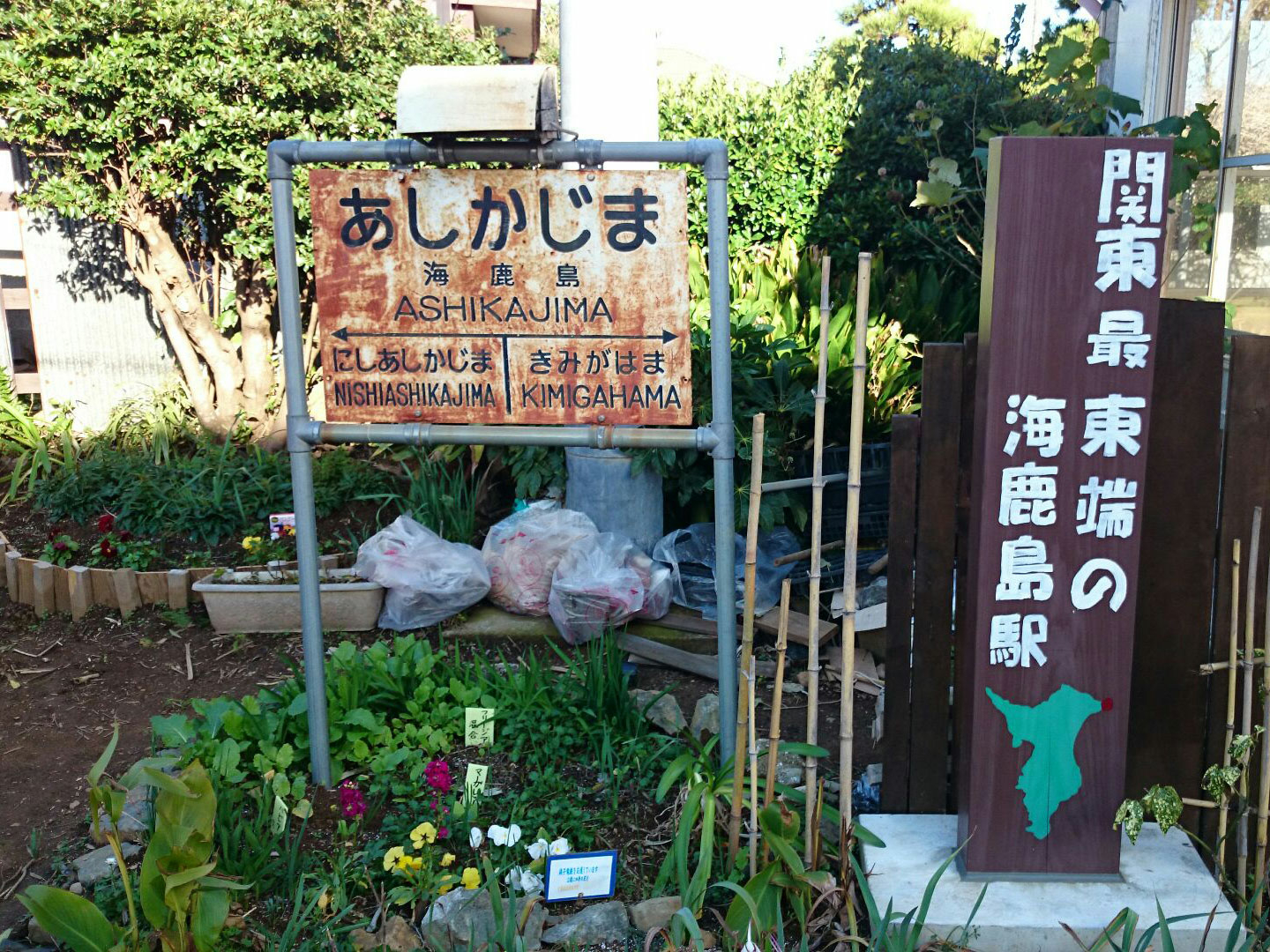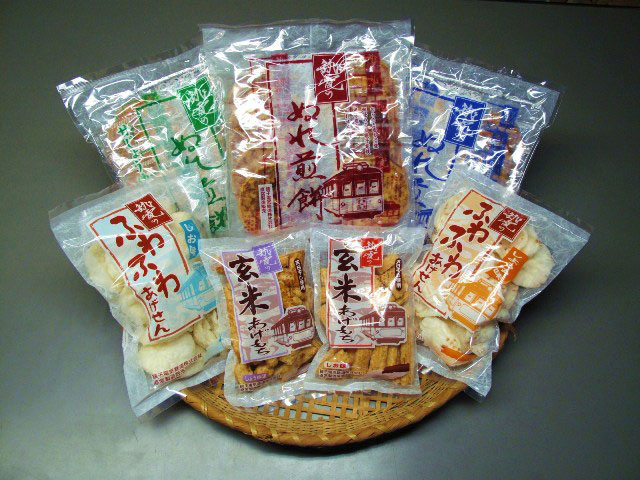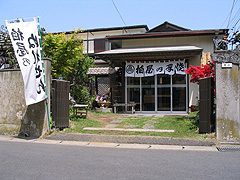
Dolphin Watching
You can watch dolphins and cetaceans swimming all year round off Choshi. It is required to book a tour of 1 hour 30 minutes to 5 hours. Since it is seen on the coast from June to October, it leaves three to four times a day. From February to May and November to February, tours (minimum number of passengers, 10 adults) are offered once to twice a day offshore.










